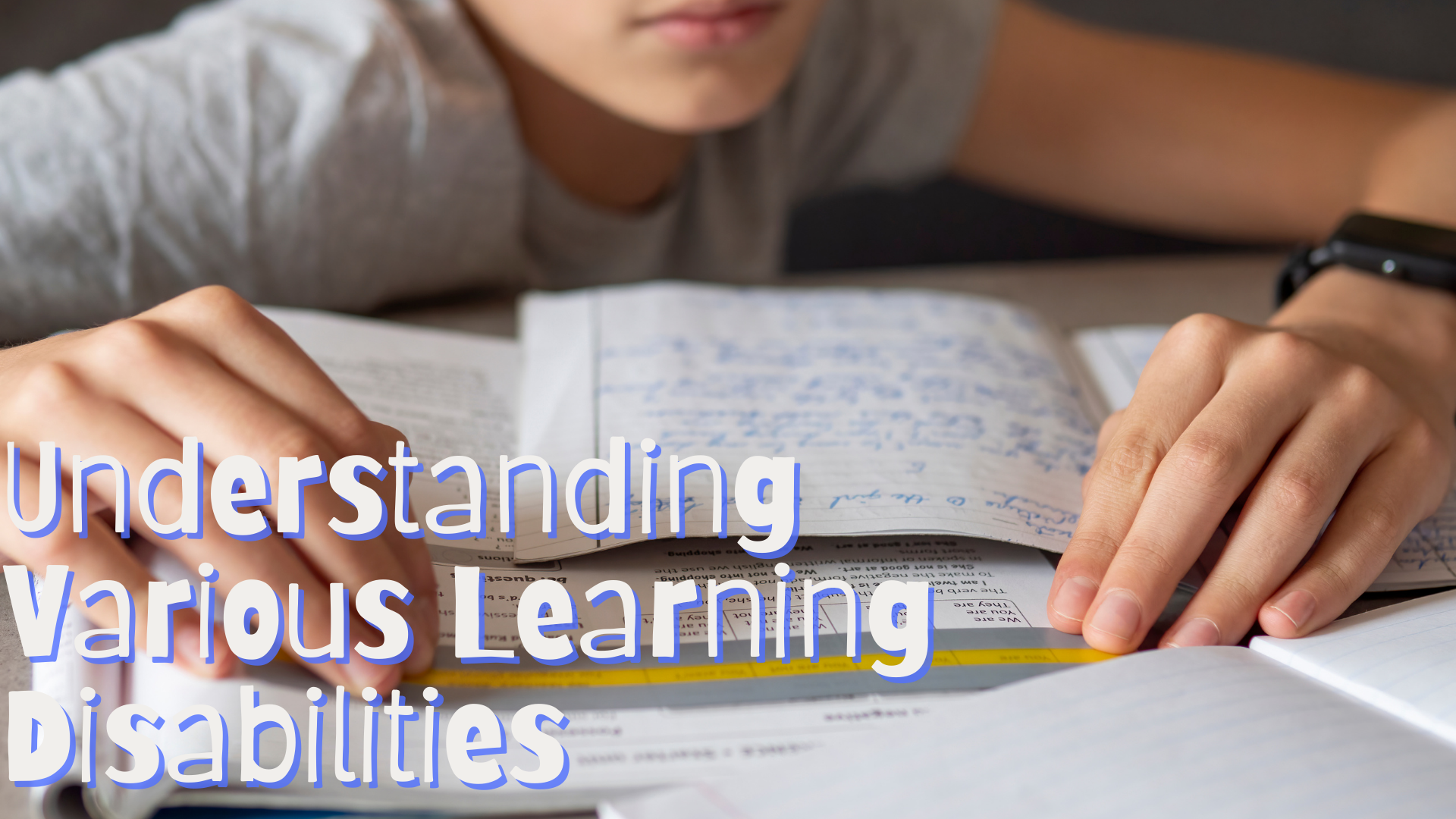Latest From Upschool
- How to Stop Kids’ Meltdowns and Gain Their Cooperation
- Making Big Decisions When You and Your Co-Parent Disagree
- Building Your Child’s Self Esteem
- Separation Anxiety & Starting School
- Why Parents Should Listen to Kids
- How To Raise Emotionally Intelligent Children
- How to Combat End of Year Fatigue
- Navigating Technology and Kids: A Guide for Parents
-
-
No videos yet!
Click on "Watch later" to put videos here
- View all videos
-
-
-
Don't miss new videos
Sign in to see updates from your favourite channels
-
Guest Contributors
Health & Wellbeing (Guest Contributors)
Understanding Various Learning Disabilities

Published by: Digital Schools
Teaching a child about various learning disabilities is important for fostering empathy, understanding, and inclusivity. Here are some strategies to help you in this process:
Start with Age-Appropriate Information: Introduce the concept of learning differences in a way that is age-appropriate. Use simple language and examples that your child can relate to.
Read Books and Watch Videos: There are many children's books and videos that address learning disabilities. Look for resources that explain these differences in a positive and inclusive manner.
Use Real-Life Examples: Share stories of people who have achieved success despite having learning disabilities. Highlighting positive role models can help your child understand that everyone learns differently and that success is possible for everyone.
Encourage Questions: Create an open environment where your child feels comfortable asking questions. This will help clarify any misconceptions and deepen their understanding.
Highlight Differences in Learning Styles: Explain that people have different learning styles. Some may learn best by reading, while others may learn better through hands-on activities or visual aids. Emphasise that these differences are natural and not indicative of intelligence.
Discuss Inclusivity: Teach your child about the importance of inclusivity and how they can support classmates or friends with learning differences. Encourage them to be patient, understanding, and helpful.
Avoid Stigmatising Language: Be mindful of the language you use when discussing learning disabilities. Avoid stigmatising terms and emphasise that everyone has strengths and challenges.
Visit Learning Centers or Museums: Some educational centers or museums may have exhibits or activities that showcase different learning styles. Visiting such places can provide a hands-on experience for your child to understand and appreciate diversity in learning.
Involve Them in Inclusive Activities: Encourage your child to participate in activities that promote inclusivity, such as inclusive sports or group projects. This hands-on experience can deepen their understanding and empathy.
Work with Their School: Collaborate with your child's school to incorporate discussions about learning differences into the curriculum. This can help create a supportive and understanding school environment.
Model Acceptance: Demonstrate acceptance and understanding in your own actions. Children often learn through observation, so modeling empathy and inclusivity will have a positive impact on their attitudes towards others.
Remember that fostering an understanding of learning differences is an ongoing process. By incorporating these strategies into your parenting approach, you can help your child develop empathy, acceptance, and a positive attitude towards diversity in learning.
TAGS
The content by "Digital Schools" which can be found under the "Guest Contributor" category on this platform is produced by Digital Schools PTY LTD. Digital Schools works in partnership with the school as a 3rd party provider to help build and maintain the school website. As well as this, we assist the school by engaging with a range of experts who already provide products and/or services to educational institutions and we work with them to produce and publish information to this website that we think may be relevant, interesting or topical to families within the community.
PLEASE NOTE: The views, opinions and content published by us are that of the "Guest Contributor" and/or publisher (Digital Schools). It should be noted that whilst the publisher and guest contributors are acting with the best intentions and in the best interests of the school and their community, sometimes the content may not necessarily reflect the views of the school. We welcome your feedback. Down the bottom of this page is a feedback form so you can let us know what you think.
NEW TO EXPLORE




